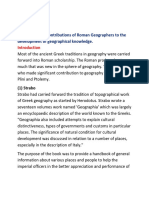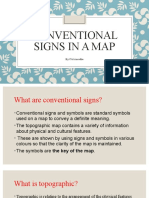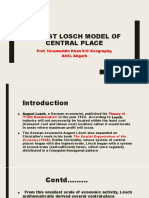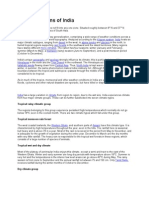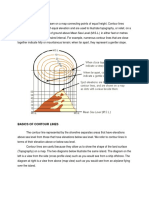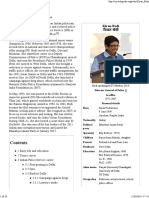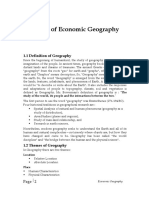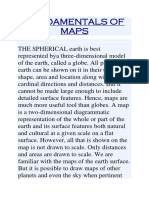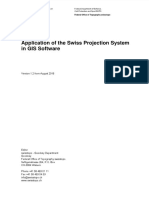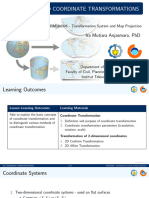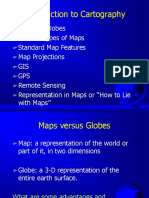0% found this document useful (0 votes)
963 views19 pagesMaps and Their Classification
The document provides a comprehensive overview of maps, including their definition, essential elements, and classification based on scale and purpose. It details the roles of cartographers, types of maps such as large-scale and small-scale, and thematic maps that focus on specific topics like climate and population. Additionally, it explains the concept of scale in cartography, methods of expressing scale, and various map projections used to represent the Earth's surface.
Uploaded by
thesupriyaproject2025Copyright
© © All Rights Reserved
We take content rights seriously. If you suspect this is your content, claim it here.
Available Formats
Download as PDF, TXT or read online on Scribd
0% found this document useful (0 votes)
963 views19 pagesMaps and Their Classification
The document provides a comprehensive overview of maps, including their definition, essential elements, and classification based on scale and purpose. It details the roles of cartographers, types of maps such as large-scale and small-scale, and thematic maps that focus on specific topics like climate and population. Additionally, it explains the concept of scale in cartography, methods of expressing scale, and various map projections used to represent the Earth's surface.
Uploaded by
thesupriyaproject2025Copyright
© © All Rights Reserved
We take content rights seriously. If you suspect this is your content, claim it here.
Available Formats
Download as PDF, TXT or read online on Scribd
/ 19













